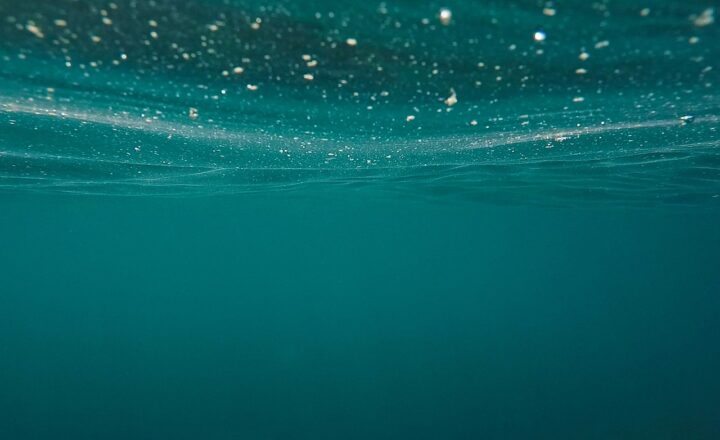How to Find the Best DSLR Camera for Beginners: Features, Price, and Ease of Use
November 13, 2024

Choosing the right DSLR camera can be an overwhelming task for beginners, especially with a plethora of options available in the market today. Whether you’re looking to capture stunning landscapes, portraits, or action shots, the right DSLR can enhance your photography skills and enrich your creative journey. In this comprehensive guide, we will delve into the essential features, pricing, and ease of use to help you find the perfect DSLR camera to kickstart your photography adventure.
1. Understanding the Basics of DSLR Cameras
Digital Single-Lens Reflex (DSLR) cameras are renowned for their versatility and superior image quality. Unlike point-and-shoot cameras, DSLRs use a mirror system that allows photographers to see exactly what the lens sees through an optical viewfinder. Here are some fundamental aspects to consider:
- Interchangeable Lenses: Most DSLRs allow you to change lenses, giving you the flexibility to adapt to various shooting scenarios and styles.
- Image Quality: DSLR cameras typically feature larger sensors than compact cameras, which results in better low-light performance and detail retention.
- Manual Controls: DSLRs often come with extensive manual settings, permitting photographers to have full creative control over their images.
With these fundamentals in mind, we can now explore how to select the best DSLR camera for your needs.
2. Key Features to Look For
When shopping for your first DSLR camera, it’s crucial to focus on specific features that cater to your skill level and desired photography style. Here are the key factors to consider:
Sensor Size:
DSLR cameras typically feature two sensor sizes: APS-C and full-frame. For beginners, an APS-C sensor is often more than sufficient, as it offers a good balance of quality and price. Full-frame sensors can be more expensive and are typically favored by advanced photographers.
Megapixels:
While more megapixels do mean higher resolution, a camera with 16-24MP is generally ideal for most beginners. This offers enough detail for printing and versatile cropping options without overwhelming the processor with excess data.
Autofocus System:
Look for cameras with an effective autofocus system. Entry-level DSLRs usually come with between 9 to 51 autofocus points. More autofocus points will help you lock onto your subject faster and more accurately.
ISO Range:
A wide ISO range allows you to shoot in various lighting conditions. An ISO range of up to 6400 is typically sufficient for a beginner. Look for models that perform well at higher ISO settings to minimize noise in low-light situations.
Video Capabilities:
If you’re interested in videography, pay attention to video quality. Aim for cameras that can shoot in at least 1080p resolution, with some offering 4K capabilities. This will provide you with high-definition video quality for your content.
3. Evaluating Ease of Use
Since this guide is tailored for beginners, the camera’s usability is crucial. Here’s what to consider:
User Interface:
Check if the camera has an intuitive menu layout and dedicated buttons for crucial functions. Models with touchscreen interfaces can also enhance usability, allowing for quick adjustments and navigation.
Weight and Size:
As a beginner, consider the weight and size of the camera. Lighter models are easier to carry for extended periods and will encourage you to take your camera out more often.
Guided Shooting Modes:
Many beginner-friendly DSLRs come with guided shooting modes and tutorials that can help you learn the basics faster. Look for models that provide modes such as portrait, landscape, and night, which automatically adjust settings for you.
4. Price Considerations
The price of DSLR cameras can vary significantly. Here are some tips to keep your budget in check:
- Set a Budget: Determine how much you are willing to spend, considering that a good starter DSLR can range from $400 to $800. Also, factor in the cost of lenses, accessories, and potential courses or tutorials to learn photography concepts and techniques.
- Consider Bundled Packages: Manufacturers often offer bundles that include the camera body, a kit lens, and additional accessories at a discounted rate, which can save you money in the long run.
- Explore Second-hand Options: Look at reputable retailers for used models. This can allow you to access higher-end models without breaking the bank, though ensure the camera is in good condition and comes with some warranty or return policy.
5. Recommended DSLRs for Beginners
Here are three excellent DSLR options ideal for beginners, based on the features discussed:
Canon EOS Rebel T8i (EOS 850D):
This versatile DSLR offers a 24.1MP APS-C sensor, a responsive Dual Pixel autofocus, and an easy-to-navigate interface. With options for 4K video and a vari-angle touchscreen, it readies beginners for various shooting situations.
Nikon D3500:
A fantastic entry-level DSLR with 24.2MP and an incredible battery life. The guided shooting modes and lightweight body make it perfect for new photographers looking to hone their skills.
Sony Alpha a68:
This camera features a 24MP APS-C sensor with a 79-point autofocus system, which is great for quick subject tracking. It also includes continuous shooting at 8 frames per second, allowing you to capture fast-moving subjects easily.
Conclusion
Investing in a DSLR is a significant step for any aspiring photographer, as it empowers you to express your creativity and document experiences through captivating images. As you contemplate your options, remember to prioritize features that cater to your photography interests and ensure ease of use.
With proper research, a clear understanding of the essential features, and consideration of your budget, you can confidently choose the best DSLR camera to embark on your photographic journey. Happy shooting!






